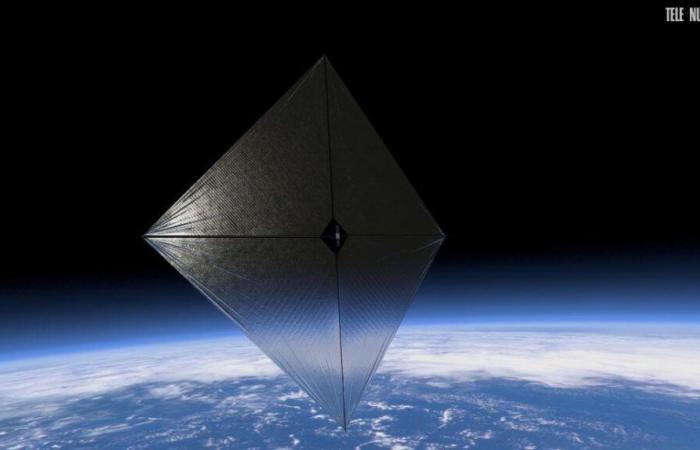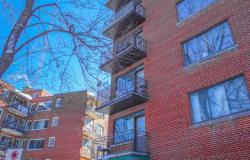The Advanced composite solar sail system (ACS3), a microwave-sized spacecraft with large silver wings, lost its orientation in orbit.
After the deployment of four composite masts during the experimental solar sail mission, engineers from the NASA observed a slight curvature in one of the masts, which extends along the wings of the ship. The mission team hopes that this curved arrow will not compromise the rest of the mission.
L’ACS3 of NASA aims to test new materials and deployable structures for solar sail propulsion systems, including the composite masts that made it possible to deploy the sail in orbit. These masts work similarly to sailboat rudders, but are designed to support sails that use sunlight as a source of propulsion. Composite mats are made from a lightweight but rigid polymer material that is resistant to flexing and warping under different temperatures.
The spacecraft fully extended its sail, which took on a square shape measuring 30 feet on each side, about half the size of a tennis court. However, the mission team noticed a slight curvature in one of the four masts, which are 7 meters long and extend along the diagonals of the square.
NASA engineers are evaluating this curvature, which could have occurred when the masts and sail were pulled into tension during deployment, according to the space agency. The primary goal of the Advanced Composite Solar Sail System demonstration is to test deployment of the masts in space to inform future applications of this technology for large-scale solar sails and other structures. The data collected during this test flight has already been found to be valuable and will continue to provide critical information for future solar sail missions.
Solar sails operate on photons from the sun, generating slight bursts of momentum that propel the spacecraft. If a spacecraft can overcome the drag of Earth’s atmospheres, it can potentially reach high altitudes. The composite mast technology used for this mission could enable the deployment of solar sails up to 500 square meters, or about the size of a basketball court, according to NASA.
However, the experimental mission has encountered problems since its launch. A few months after launch, the sail became stuck when an onboard power monitor detected higher-than-expected motor currents, interrupting the deployment process. At the end of August, the mission team succeeded in fully deploying the sail and masts on its second attempt. Before deploying the masts, the team had to deactivate the spacecraft’s attitude control system to adapt to its new dynamics during sail deployment. This system allows the ship to maintain a particular orientation in space. The solar sail’s attitude control has not yet been reactivated, causing the ship to rotate in space.
Currently, mission operators are working to reposition the spacecraft, keeping it in low-power mode until its solar panels are better oriented toward sunlight. The team conserves the ship’s power for priority operations, such as two-way communications with the mission center, until its attitude control system is reactivated. Once attitude control is reactivated, the spacecraft will be able to point its communications antenna toward mission control on Earth and establish contact with NASA engineers. At this point, the team will be able to collect more data, calibrate the precise shape of the sail and prepare for navigation maneuvers.
NASA engineers want to test the spacecraft’s maneuvering capabilities, raising and lowering its orbit solely using the pressure of sunlight on the sail. The initial flight phase of the mission is designed to last two months. During its time in space, NASA hopes to collect as much data as possible from the ACS3 mission to help influence the design of future spacecraft.
The technology is still at an early stage but it offers possibilities for future explorations in space.






